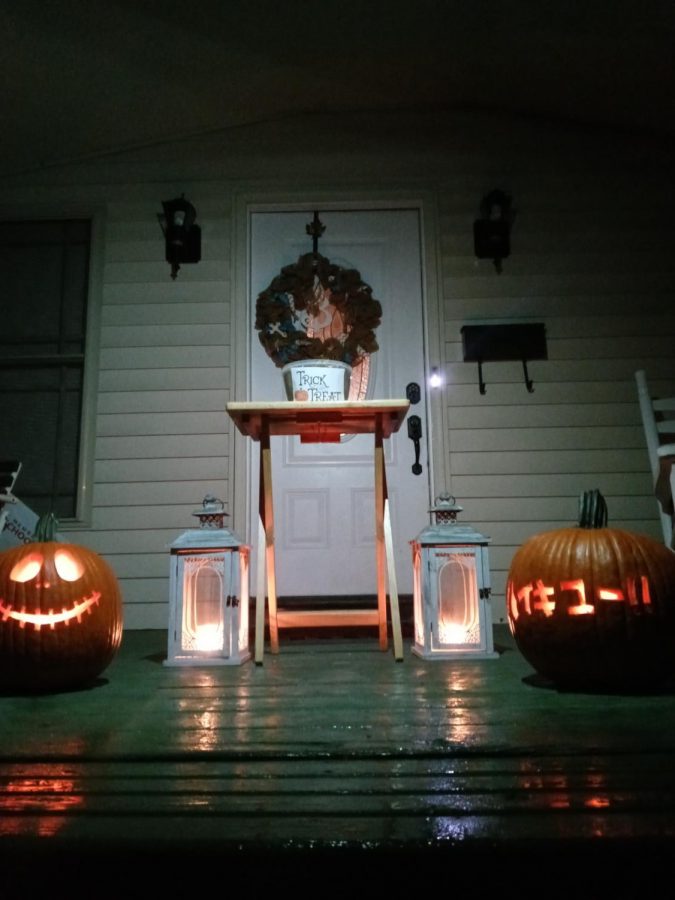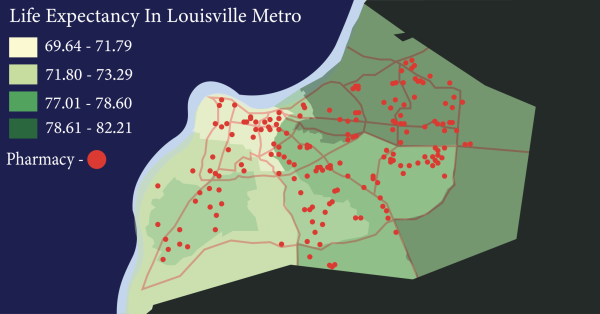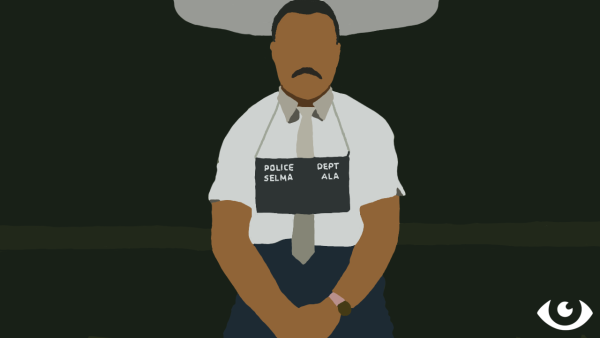OPINION: Is it safe to trick-or-treat?
October 24, 2020
Halloween has been around for nearly 2,000 years, making it one of the oldest holidays in the world. In 2019, the United States Census Bureau surveyed 41 million children trick-or-treating between the ages of 5 and 14, and 126.8 million potential trick-or-treat stops. This makes Halloween one of the most celebrated holidays in the United States, after Christmas and Thanksgiving.
According to the New York Times, there are 8.2 million positive cases of the coronavirus in the United States with 220,000 reported deaths as of October 19th, 2020. 741,000 of these cases are reported to be children. These cases have caused 35 of the top 50 school districts in the country to opt for remote learning this fall to prevent the risk of infection among students. If it is unsafe for students to return to school, the safety of children trick-or-treating should also be put into question.
More recently, NPR tweeted that Salem, Massachusetts, who normally welcome them into the witchcraft capitol during Halloween, have advised tourists to stay away this Halloween.
The U.S.'s witchcraft capital, Salem, Mass., has a message for tourists this Halloween: Stay away.
All traditional events have been canceled because of COVID-19.https://t.co/xog1QEczga
— NPR (@NPR) October 22, 2020
The CDC has listed traditional trick-or-treating under the higher risk category in their ¨Holiday Celebrations¨ section for COVID-19 guidelines. This is due to the lack of social distancing and the risk of the virus being spread through touching the candy. However, the virus being spread through surface touching is unlikely due to the releventaly short surface life it has. This risk is slightly higher on account of the lower temperatures allowing the virus to live longer on the surface. There is also the risk of it being spread through the respiratory droplets, as a result of improper mask wearing.
The risk of COVID-19 is not only dangerous for the children, but also the people they interact and live with, that are considered in the high risk category for COVID. If a child ends up testing positive for COVID-19 because of trick-or-treating, even though children are relatively low risk, other members of their family that are considered moderate to high risk could become severely ill.
The risk of exposure is not only dangerous for trick-or-treaters and their families, but also the people giving out the candy. Children who are positive for the virus often only show mild symptoms, or none at all. This causes a child carrying the virus unknowingly may end up spreading it further.
However, there are ways for trick-or-treating to adapt to these times. For example, houses that want to hand out candy may not be able to have the face-to-face interactions, but they can set out the bowls of candy outside. This would still allow kids the opportunity to trick-or-treat, but still have minimal contact. Kids can also wear masks and stay socially distanced from other trick-or-treaters for more precaution.
For people’s health and safety, as well as the prevention of another spike in coronavirus cases, everyone is encouraged to not participate in trick-or-treating this year, and to remain socially distanced during the Halloween season.


















